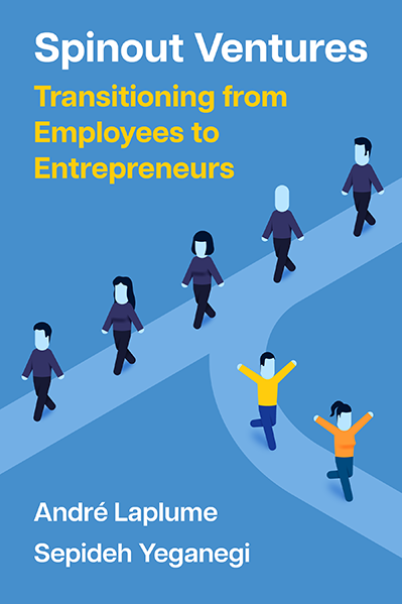What is a corporate spin-off?

A corporate spin-off is a decision by the managers of an organization, to form a new independent organization for a unit of the company. The unit may be physically moved as a result of a spin-off or it could stay in the same building, but operates under a different corporate entity. The owners of the parent firm typically receive shares in the spin-off company as compensation for allowing the unit to leave. This is typical in cases where the parent firm doesn't have the resources to go after all of its innovations. Sometimes spin-offs increase the value of their parent firms by increasing strategic alignment among the remaining businesses. Other times, a spin-off can lower the value of the parent by taking away key talent and perhaps even competitive advantage. The real effect of the spin-off may not be known for some time. For public companies, their spin-offs get new tickers and trade independently form the parent company's stock allowing the market to decide ...

